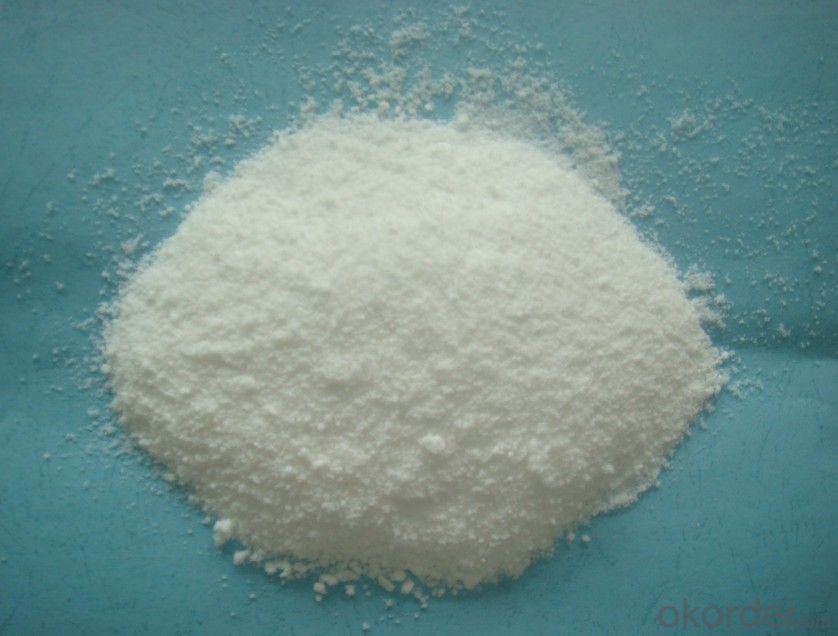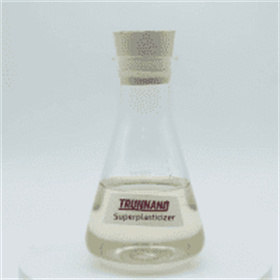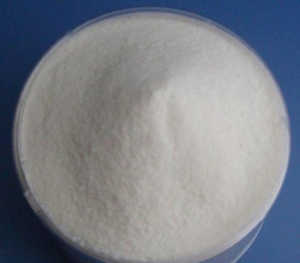Professional solutions on concrete addtives, Concrete Foaming Agent, Superplasticizer, CLC Blocks Additives, and foaming machine
(What is concrete superplasticizer and the performance)
Concrete superplasticizer is an admixture widely used in the manufacturing and constructing of concrete, also known as high-efficiency superplasticizer or high-performance superplasticizer. Its main function is to reduce the water demand of concrete while improving its fluidity, water retention, and stability. This article will briefly introduce the mechanism, performance characteristics, usage precautions, and development prospects of concrete superplasticizer.
1. The action mechanism of concrete superplasticizer
The main mechanism of concrete superplasticizer is to improve the fluidity, water retention, and stability of concrete by adsorbing and dispersing cement particles. Specifically, the polar groups in the superplasticizer molecules will adsorb on the surface of cement particles, causing them to charge and generate electrostatic repulsion, thereby expanding the distance between cement particles and reducing the viscosity of concrete. At the same time, the molecular structure of the superplasticizer also contains non-polar groups, which can form steric hindrance, further preventing the aggregation of cement particles and improving the fluidity of concrete.
2. Performance characteristics of concrete superplasticizer
Reducing water consumption: Concrete superplasticizer can significantly reduce the water consumption of concrete, thereby improving its strength and durability.
Improving fluidity: Concrete superplasticizer can improve the fluidity of concrete, making it easier to pour and pump.
Enhancing water retention: Concrete superplasticizer can enhance the water retention of concrete, prevent rapid evaporation of water, and thus improve concrete's crack resistance and durability.
Improving stability: Concrete superplasticizer can enhance the stability of concrete and prevent phenomena such as layering and segregation.
3. Precautions for using concrete superplasticizer
Choose appropriate types and dosages of superplasticizer: Different types and dosages of superplasticizer will have different effects on the performance of concrete, so it is necessary to choose according to the needs of the project.
Pay attention to the mix ratio and mixing time: When using superplasticizer, it is necessary to operate according to the specified mix ratio and mixing time to ensure the quality of concrete.
Pay attention to the influence of weather and temperature: The effect of superplasticizer is greatly influenced by weather and temperature, so it is necessary to adjust the dosage when used in high temperature or dry environments.
Strengthen quality control: When using superplasticizer, it is necessary to strengthen quality control and conduct strict quality testing on raw materials and finished products to ensure product quality.
4. Common problems and solutions after adding superplasticizer to concrete
A: Pot sticking phenomenon: Part of the cement mortar adheres to the wall of the mixer cylinder, causing uneven and less ash in the discharged concrete, resulting in concrete sticking.
Reason analysis:
Concrete sticking often occurs after adding retarders and superplasticizer or in drum mixers with similar axial diameter ratios.
Solution:
(1) Timely pay attention to cleaning and removing remaining concrete;
(2) First, add aggregate and some water to mix, then add cement, residual water, and superplasticizer to mix;
(3) Use a large shaft diameter ratio or forced mixer.
B: False setting phenomenon: After being discharged from the machine, the concrete quickly loses its fluidity and cannot even be poured.
Reason analysis:
(1) Insufficient content of calcium sulfate and gypsum in cement leads to rapid hydration of calcium aluminate;
(2) The superplasticizer has poor adaptability to this type of cement;
(3) When the content of triethanolamine exceeds 0.05-0.1%, the initial setting is rapid but not the final setting.
Solution:
(1) Change the type of cement;
(2) If necessary, adjust the admixtures and carry out reasonable compounding;
(3) Add Na2SO4 component to the admixture.
(4) Reduce mixing temperature
C: Non setting phenomenon: After adding a superplasticizer, the concrete has not been set for a long time, even day and night, or the surface exudes slurry and turns yellow-brown.
Reason analysis:
(1) Excessive dosage of superplasticizer;
(2) Excessive use of retarders.
Solution:
(1) Not exceeding 2-3 times the recommended dosage, although the strength has slightly decreased, the 28-day strength reduction is less, and the long-term strength reduction is even less;
(2) After final setting, appropriately increase the curing temperature and strengthen watering and curing;
(3) Remove the formed part and pour it again.
D: Low strength phenomenon: The strength is much lower than the test results of the same age, or although the concrete has set, the strength is extremely low.
Reason analysis:
(1) Excessive addition of air entraining superplasticizer results in excessive air content in concrete;
(2) Insufficient vibration after mixing with air entraining superplasticizer;
(3) Not reducing water or increasing water cement ratio instead;
(4) Increase the amount of triethanol added.
Solution:
(1) Adopting other reinforcement measures or repouring;
(2) Strengthen post pouring vibration;
(3) Take measures to address the reasons mentioned above.
E: Rapid loss of slump: Concrete quickly loses its workability. After being discharged from the tank every 2-3 minutes, the recession decreases by 1-50 mm, and there is a significant phenomenon of sinking to the bottom. High-slump concrete is more prone to this phenomenon.
Reason analysis:
(1) Superplasticizer have poor adaptability to the cement used;
(2) The bubbles introduced into the concrete continuously overflow, causing water evaporation, especially when using air entraining superplasticizer;
(3) High concrete mixing temperature or environmental temperature;
(4) The slump of concrete is very high.
Solution:
(1) Find the cause and take measures to address it;
(2) Using the post mixing method, the superplasticizer is added 1-3 minutes after mixing the concrete or even before pouring and then remixed;
(3) Be careful not to add water.
F: Settlement joint: After pouring, there will be several short, straight, wide, and shallow cracks in the concrete before and after the initial setting.
Reason analysis:
After adding superplasticizer, the concrete is more dense, does not bleed, and is not easy to completely settle, often appearing above the steel bars;
Solution:
Apply pressure to the cracks before and after the initial setting of the concrete until they disappear.
5. Development prospects of concrete superplasticizer
With the rapid development of the construction industry and the popularization of green building concepts, the application prospects of concrete superplasticizer are becoming increasingly broad. In the future, concrete superplasticizer will develop towards high-performance, low dosage, and environmentally friendly directions. At present, researchers are developing a new generation of superplasticizer products, with a focus on improving the water reduction rate and enhancing water retention while reducing the impact on the environment. In addition, with the development of emerging technologies such as 3D printing, the application field of concrete superplasticizer will also be further expanded.
6. Supplier
TRUNNANO is a supplier of CLC concrete with over 12 years experience in nano-building energy conservation and nanotechnology development. It accepts payment via Credit Card, T/T, West Union and Paypal. Trunnano will ship the goods to customers overseas through FedEx, DHL, by air, or by sea. If you are looking for high-quality concrete additives, please feel free to contact us and send an inquiry. (sales@cabr-concrete.com).
(What is concrete superplasticizer and the performance)








